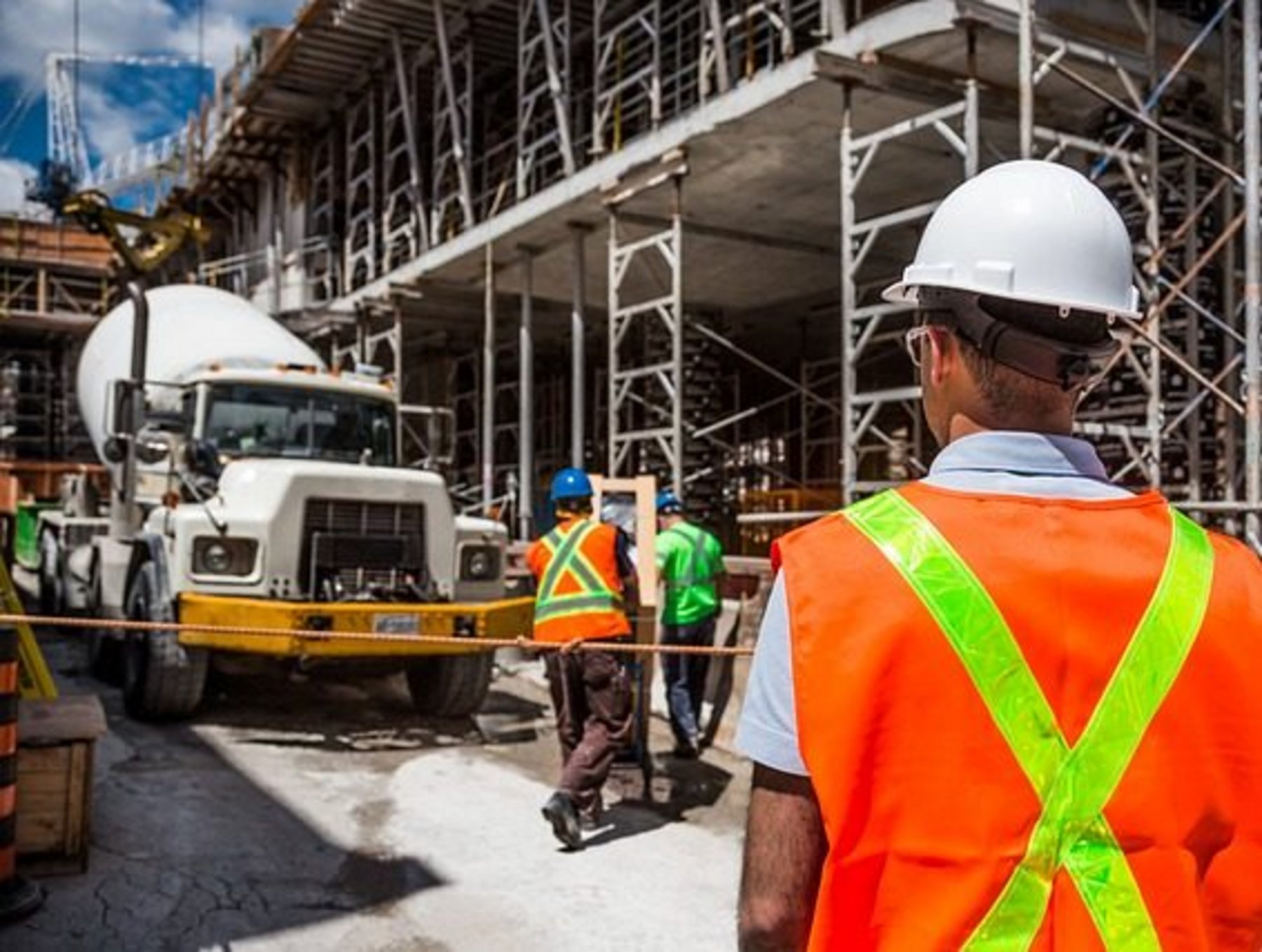Ensuring workplace safety is crucial for maintaining a productive and secure environment. Implementing effective safety practices not only protects employees but also enhances overall operational efficiency. This article explores the best practices for workplace safety, providing essential tips to help create a safer work environment. By focusing on hazard prevention, employee training, and regular evaluations, you can significantly improve workplace safety.
Implement Comprehensive Safety Policies
Establishing comprehensive safety policies is a fundamental step in promoting workplace safety. These policies provide a clear framework for safe practices and help prevent accidents.
Develop and Communicate Safety Guidelines
First, develop detailed safety guidelines tailored to your specific work environment. These guidelines should address potential hazards, emergency procedures, and safety protocols. Once created, effectively communicate these policies to all employees. Regularly updating and reviewing the guidelines ensures they remain relevant and effective.
Ensure Compliance with Regulations
Moreover, ensure compliance with local, state, and federal safety regulations. Adhering to these regulations not only helps avoid legal issues but also reinforces a culture of safety. Stay informed about regulatory changes and incorporate them into your workplace safety policies.
Promote Employee Training and Awareness
Employee training and awareness are critical components of workplace safety. Well-informed employees are better equipped to recognize and address potential hazards.
Conduct Regular Safety Training
Conduct regular safety training sessions to educate employees about safety procedures and best practices. Include topics such as emergency response, proper equipment use, and first aid. Interactive training methods, such as drills and simulations, can enhance learning and retention.
Encourage Ongoing Safety Education
In addition to initial training, encourage ongoing safety education. Provide refresher courses and updates on new safety protocols or equipment. Fostering a culture of continuous learning helps maintain high safety standards and keeps employees aware of potential risks.

Best Practices for Workplace Safety
Implement Effective Hazard Management
Managing hazards effectively is essential for preventing accidents and injuries. By identifying and addressing potential risks, you create a safer work environment.
Conduct Regular Safety Inspections
Regular safety inspections are vital for identifying hazards and ensuring compliance with safety standards. Schedule routine inspections of equipment, facilities, and work practices. Address any issues promptly to prevent accidents and maintain a safe workplace.
Utilize Safety Equipment
Additionally, utilize appropriate safety equipment to protect employees from potential hazards. Provide personal protective equipment (PPE) such as helmets, gloves, and safety glasses based on the specific risks of your workplace. Ensure that all safety equipment is well-maintained and accessible to employees.
Foster a Culture of Safety
Creating a culture of safety within the workplace encourages employees to prioritize safety and participate in maintaining a secure environment.
Encourage Reporting of Safety Concerns
Encourage employees to report safety concerns and near-miss incidents. Implement a straightforward reporting system that allows employees to voice their concerns without fear of retaliation. Actively address reported issues to demonstrate commitment to workplace safety.
Recognize and Reward Safe Practices
Furthermore, recognize and reward safe practices to reinforce positive behavior. Implement safety incentive programs or acknowledge employees who consistently adhere to safety protocols. Celebrating safety achievements motivates others to follow suit and contributes to a culture of safety.
Prepare for Emergencies
Preparing for emergencies ensures that your workplace can effectively respond to unexpected situations. Having a solid emergency plan in place is crucial for maintaining safety during crises.
Develop an Emergency Response Plan
Develop a comprehensive emergency response plan that outlines procedures for various types of emergencies, such as fires, natural disasters, or medical emergencies. Include evacuation routes, designated assembly points, and contact information for emergency services. Regularly review and practice the plan to ensure readiness.
Conduct Emergency Drills
Additionally, conduct regular emergency drills to familiarize employees with emergency procedures. Drills help employees practice their responses and identify any areas for improvement. By conducting these drills, you ensure that everyone knows their role and responsibilities in case of an emergency.
Evaluate and Improve Safety Practices
Regular evaluation and improvement of safety practices help maintain a high standard of workplace safety. Continuous assessment allows you to address new risks and enhance existing protocols.
Review Safety Incidents and Feedback
Furthermore, review safety incidents and employee feedback to identify trends and areas for improvement. Analyze accident reports and gather input from employees to understand potential safety issues. Use this information to make necessary adjustments and improve safety practices.
Update Safety Protocols as Needed
Finally, update safety protocols as needed based on new information, technologies, or changes in the work environment. Stay proactive in adapting your safety practices to evolving risks and regulatory requirements. Continuous improvement ensures that your workplace remains safe and compliant.
Conclusion
In conclusion, implementing best practices for workplace safety involves establishing comprehensive policies, promoting employee training, managing hazards, fostering a safety culture, preparing for emergencies, and continually evaluating and improving practices. Additionally, by focusing on these areas, you create a safer and more productive work environment. Prioritizing workplace safety not only protects employees but also enhances overall operational efficiency and fosters a positive workplace culture.




